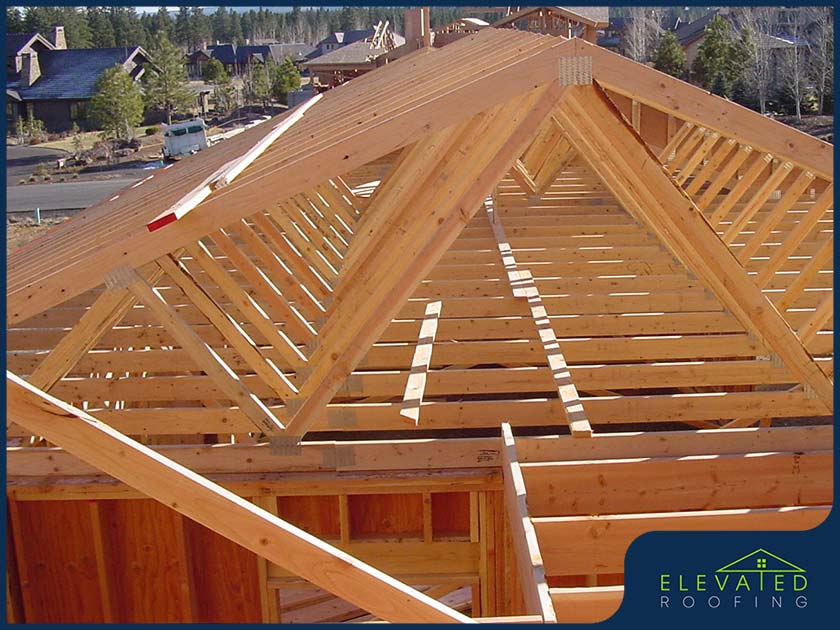
It’s also worth noting that if you only need to know the direction of the joists and have easy access to the attic, you can find out which way they run up there. So once you have found one, the others should be easy to find.
#Joist vs rafter professional
Replacing beams and joists is something that is best left to a professional contractor, as sufficient support must be in place during replacement, and the correct thickness, length, etc of beam and joist must be installed.įinding a ceiling joist might not be simple, but it can be done! It’s worth noting that ceiling joists are typically around 16 or 24 inches apart. They are secured to the ‘sidewalls of a property and help stop those walls from spreading or leaning in. Roof joists also support walls, but to a lesser degree. Steel, concrete and manufactured wood are also commonly used to create roof joists.

Joists are typically made of timber, and come in a variety of thicknesses and lengths depending on the specifications of the building. They can be concealed or exposed, and there will be more joists than beams. Roof joists generally join opposing walls and support the ceiling below and/or the floor above. Depending on the construction, they may lie flat or be pitched. The image below shows metal beams supporting many timber joists.Ī roofing joist is a horizontal member that runs across an open space.

Roof beams attach to walls and stop them from spreading or leaning in. Roof beams may support the weight of the floor above or roof, but they are also a vital component in structural integrity. Though you can choose from concrete, manufactured wood and steel beam solutions. Typically, roof beams are made of timber. There may be more than one roof beam, but they will usually span the entire length of the space. A roof beam will be the thickest and most important element of a roof or levels within a property. It also supports joists, trusses and other roofing elements. It supports the floor or roof above while adding integrity to the walls. Looking up at a roof from the shell of a house, for example, you’d see one long beam running through the length of the home with multiple joists ‘leaning’ to it for support.Ī roof beam is a load-bearing member that is integral to the strength of the building. There’s usually only one beam supporting many joists, but they’re both as important as each other. What’s the difference between a beam and a joist?

A joist is a horizontal member that generally runs across a building and is supported by a beam. It supports the weight of joists and other building elements.


 0 kommentar(er)
0 kommentar(er)
